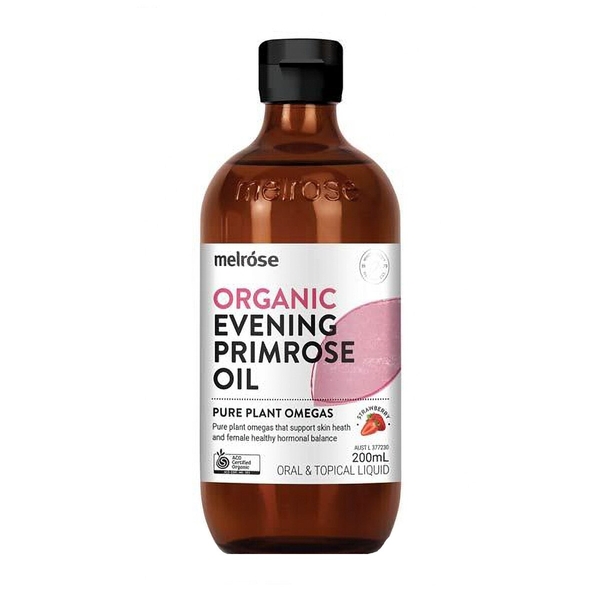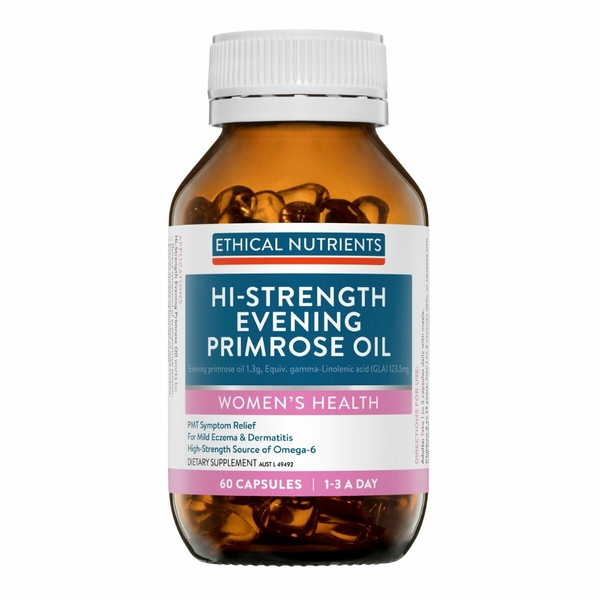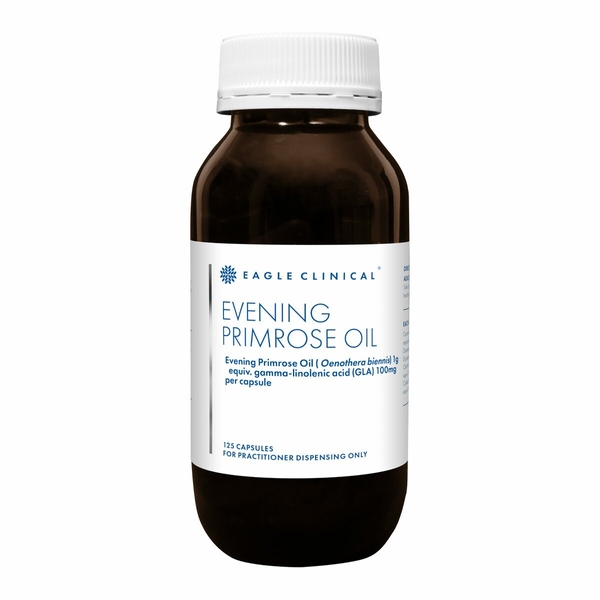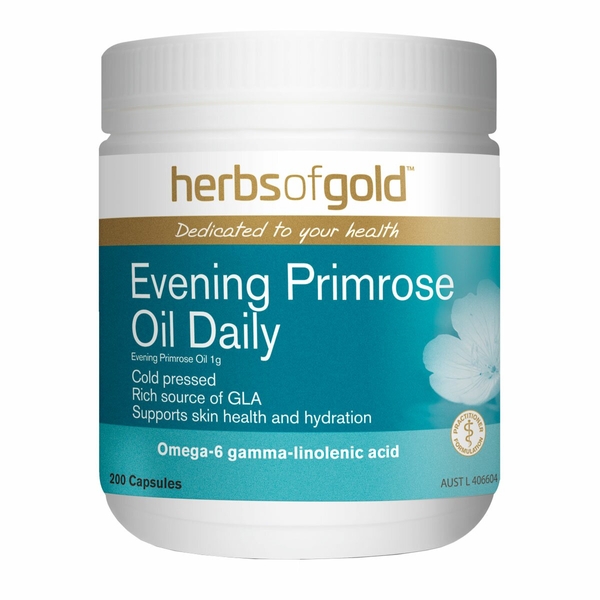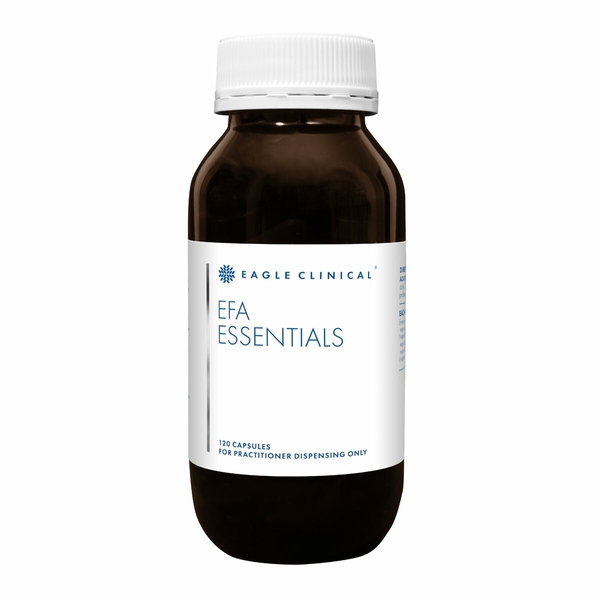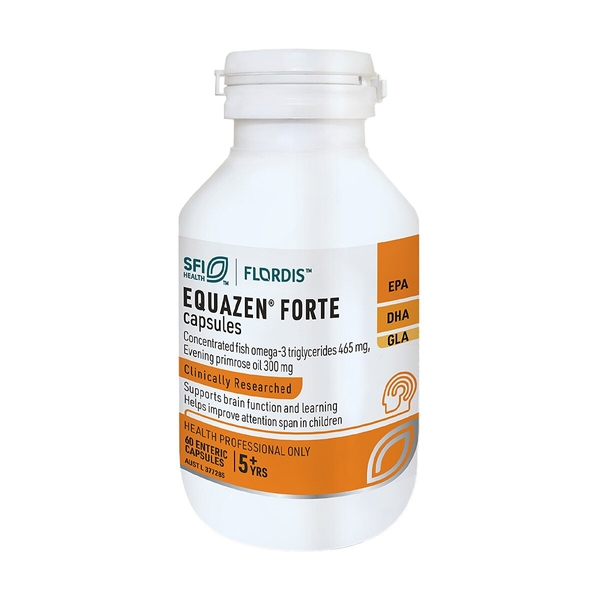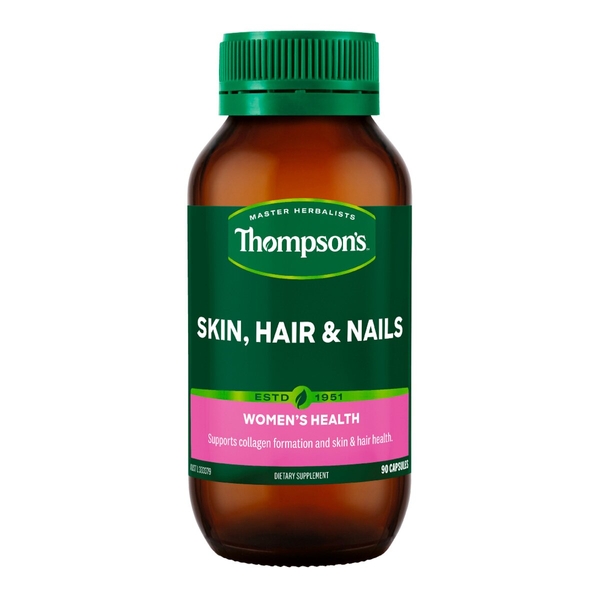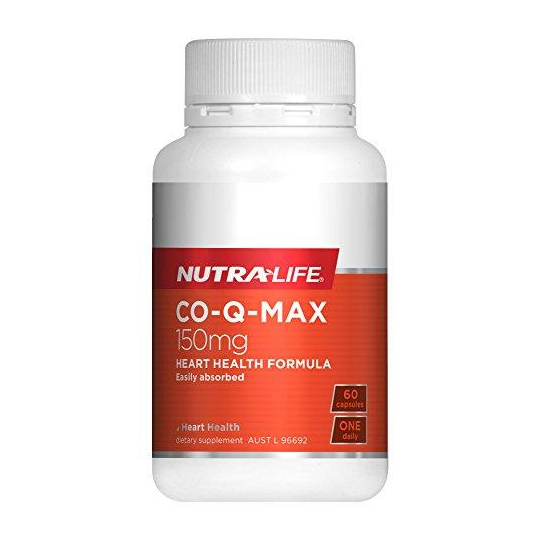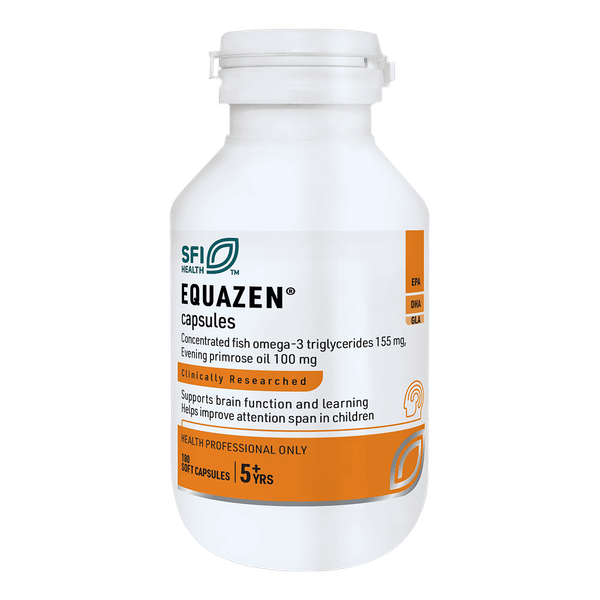
Background
Evening primrose oil contains gamma-linolenic acid (GLA). GLA is an omega-6 essential fatty acid that has anti-inflammatory effects in the body.
People use evening primrose oil for premenstrual syndrome (PMS), menopause symptoms, arthritis, high cholesterol, acne, and many other conditions, but there is no good scientific evidence to support these uses.
Don't confuse evening primrose oil with other plants or oils that are sources of GLA and omega-6 fatty acids, such as black currant, borage, and flaxseed oil.
Safety Safety definitions
When applied to the skin: There isn't enough reliable information to know if evening primrose is safe or what the side effects might be.
Special Precautions & Warnings:
Pregnancy: Taking evening primrose oil by mouth is possibly safe during pregnancy. Taking up to 4 grams by mouth daily for up to 10 weeks seems to be safe. But until this is confirmed, be cautious. Taking evening primrose oil during the last weeks of pregnancy might delay labor. Don't use this product close to the end of pregnancy.Breast-feeding: It is possibly safe to take evening primrose oil while breast-feeding, but it's best to check with your healthcare provider first.
Children: Evening primrose oil is possibly safe when taken by mouth in doses up to 6 grams daily. It is also possibly safe when applied to the skin.
Bleeding disorders: Evening primrose oil might increase the chance of bruising and bleeding. Don't use it if you have a bleeding disorder.
Epilepsy or another seizure disorder: Evening primrose oil might make seizures more likely in some people.
Surgery: Evening primrose oil might increase the chance of bleeding during or after surgery. Stop using it at least 2 weeks before a scheduled surgery.
Effectiveness
- Breast pain (mastalgia). Taking evening primrose oil by mouth doesn't seem to reduce breast pain.
- Asthma. Taking evening primrose oil by mouth doesn't seem to improve asthma symptoms.
Dosing & administration
Interactions with pharmaceuticals
Lithium
Interaction Rating=Moderate Be cautious with this combination.
Evening primrose oil might decrease the levels of lithium in the body. Taking evening primrose oil along with lithium might decrease the effects of lithium.
Lopinavir/Ritonavir (Kaletra)
Interaction Rating=Moderate Be cautious with this combination.
Evening primrose oil might decrease how quickly the body breaks down lopinavir / ritonavir. Taking evening primrose oil along with lopinavir / ritonavir might increase the effects and side effects of lopinavir / ritonavir.
Medications changed by the liver (Cytochrome P450 2C9 (CYP2C9) substrates)
Interaction Rating=Minor Be watchful with this combination.
Some medications are changed and broken down by the liver. Evening primrose oil might change how quickly the liver breaks down these medications. This could change the effects and side effects of these medications.
Medications that slow blood clotting (Anticoagulant / Antiplatelet drugs)
Interaction Rating=Moderate Be cautious with this combination.
Evening primrose oil might slow blood clotting. Taking evening primrose oil along with medications that also slow blood clotting might increase the risk of bruising and bleeding.
Phenothiazines
Interaction Rating=Moderate Be cautious with this combination.
Taking evening primrose oil with phenothiazines might increase the risk of a seizure in some people.
Interactions with herbs & supplements
Interactions with foods
Products
View all products- Oenothera biennis (Evening primrose) 300 mg equiv. gLA 30 mg
- Total Omega-3 triglycerides 465 mg
- Eicosapentaenoic acid (EPA) 279 mg
- Docosahexaenoic acid (DHA) 87 mg
- Oenothera biennis (Evening primrose) oil 200 mg equiv. gLA 20 mg
- Sodium ascorbate (Vitamin C) 33.75 mg equiv. ascorbic acid 30 mg
- d-alpha-Tocopherol 20.12 mg equiv. vitamin E 30 IU
- Silica - colloidal anhydrous 30 mg
- Omega 3 triglycerides 60 mg
- Retinyl palmitate (Vitamin A) 1.38 mg equiv. retinol 750 µg RE
- Pyridoxine hydrochloride (Vitamin B6) 10 mg equiv. pyridoxine 8.23 mg
- Cholecalciferol 10 µg equiv. vitamin D3 400 IU
- Biotin 1.25 mg
- Selenomethionine 124 µg equiv. selenium 50 µg
- Zinc amino acid chelate 37.5 mg equiv. zinc 7.5 mg
- Demineralised fish proteoglycan extract (Selachii) 125 mg
- Oenothera biennis (Evening primrose) oil 100 mg equiv. gLA 10 mg
- Total Omega-3 triglycerides 155 mg
- Eicosapentaenoic acid (EPA) 93 mg
- Docosahexaenoic acid (DHA) 29 mg
- Oenothera biennis (Evening primrose) oil 100 mg equiv. gLA 10 mg
- Total Omega-3 triglycerides 155 mg
- Eicosapentaenoic acid (EPA) 93 mg
- Docosahexaenoic acid (DHA) 29 mg

